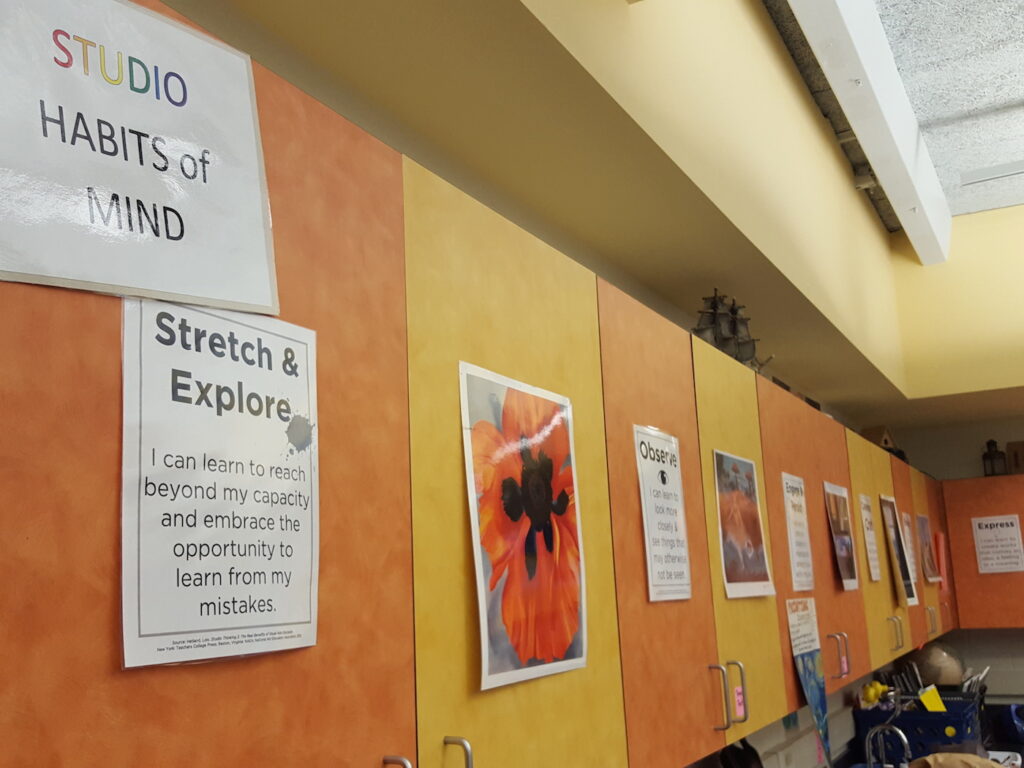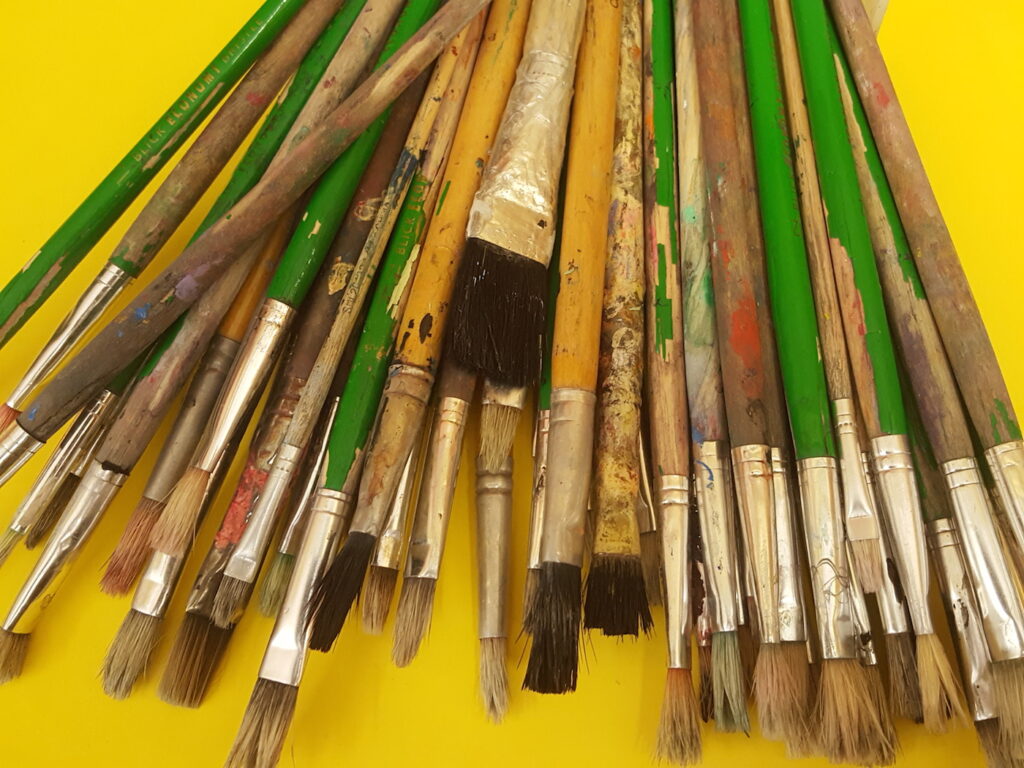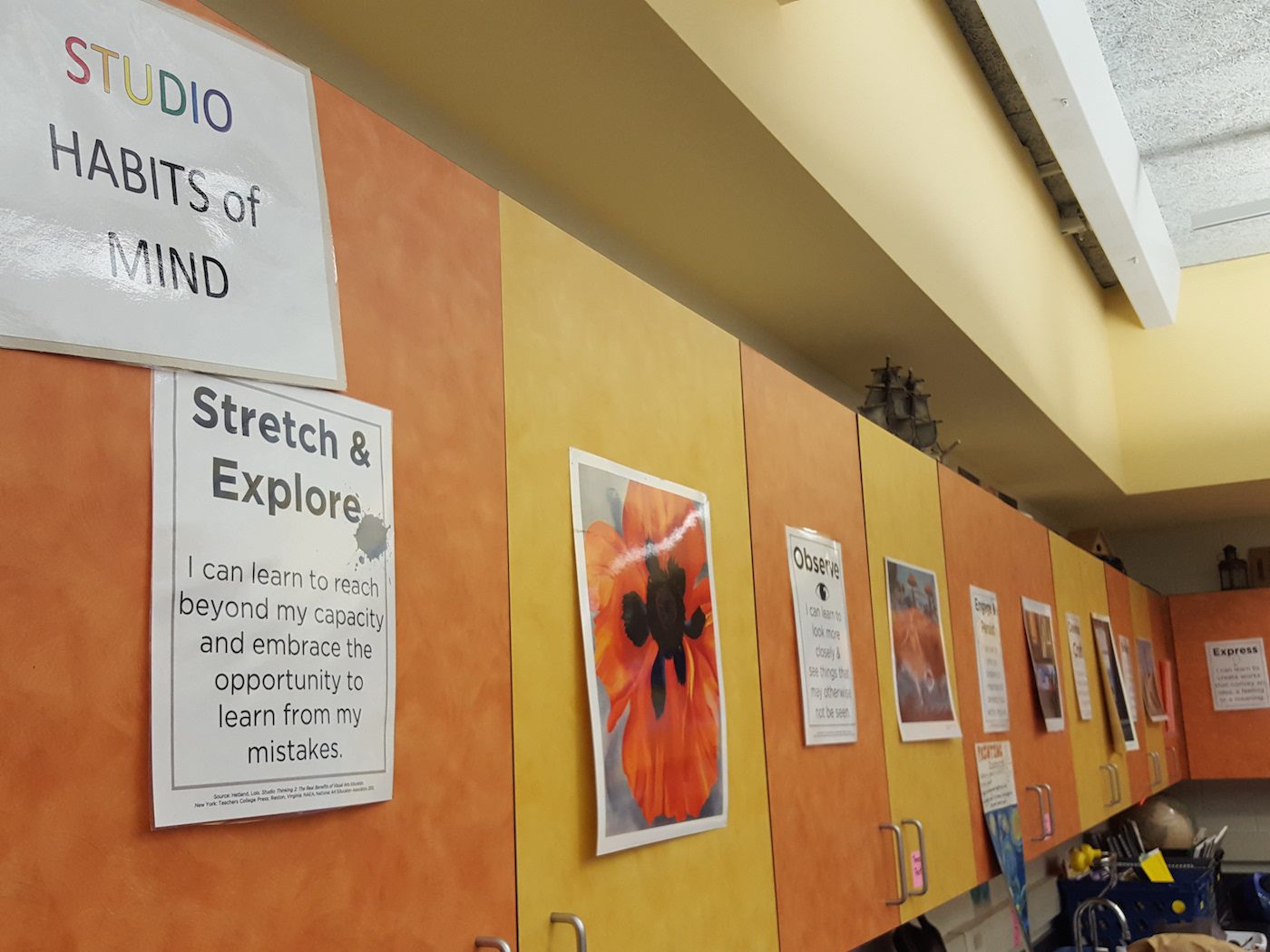These days, it sometimes feels art education is under attack. The culture of high-stakes testing has increased over the last decade. In this climate, art educators need to justify our programs more than ever before. How can we help people understand why art education is important?
We’ve all seen the data suggesting students who take art classes have higher SAT scores. It is an argument used often to defend our place on the educational landscape. “Kids who take art classes receive higher standardized test scores.” “Art students have higher GPAs than students who do not take any art classes.” These are common arguments for the importance of art classes.
The thing is, these arguments miss the point. The arts are valuable. They should be an important element in any well-rounded education. The importance of art education does not lie in its ability to raise test scores.
Here is why we need to change our argument for the importance of art education.

There is only a correlation between test scores and art classes.
A correlation means there is a connection between two things. But it doesn’t mean we know why that connection is there.
If you remember statistics class, you know there is a big difference between correlation and causation. Just because there is a connection (correlation) between art classes and test scores, it does not mean the arts are the cause of the increased scores (causation).
Students who take art classes may already be high achievers. Or perhaps students with lower GPAs are not taking art classes because their schedule is filled with remedial academic classes. There just isn’t data to support the idea that arts classes actually cause higher test scores or GPAs.
By arguing the arts increase scores on standardized tests, we are missing the point.
If art education’s only importance were to increase scores in other subjects, then why not just cut art entirely? Then schools could increase math or science instruction time.
Did that give you chills? Yeah, me too. Because when we frame our argument only around test scores, it opens the door to this bleak option.
Art education has many unique qualities. Students develop skills in art that help them find success in many other areas of life. These skills help students well after the tests and schooling are done. The argument that our classes help students achieve higher test scores distracts from the true value of art education.

So, what should we be saying instead?
Instead of explaining art’s value to other disciplines, we should be focusing on the unique qualities of art class. There are many examples of valuable skills taught in art.
Art develops unique “habits of mind.”
Harvard’s Project Zero developed the Studio Habits of Mind nearly a decade ago. These habits develop naturally when engaging in art-making.
These habits of mind provide art educators with a strong framework outlining the unique skills developed in art class. These habits include the ability to:
- Develop Craft
- Engage & Persist
- Envision
- Express
- Observe
- Reflect
- Stretch & Explore
- Understand Art Worlds
These habits transfer to many other areas of school and life. They are also highly valued by employers.
Art builds students’ capacity for critical thinking, self-directed learning, and problem-solving.
Critical thinking and problem-solving are alive and well in the art room. The process of analyzing and creating art challenges students to develop these skills. Art students are given open-ended problems to solve. This encourages them to think critically to solve problems in their own unique way.
These skills transfer to many other areas of life. And they cannot be assessed on a standardized test.
Art helps students understand cultures beyond their own.
We live in an increasingly global world. It is important for our students to leave school with a broad understanding of the world and its cultures. Art classes expose students to art from all over the world. This exposure helps them understand our shared humanity. The study of art history also helps highlight the issues of the past and the present.
Art develops communication skills.
When art students analyze an artwork, they use art vocabulary to express their ideas. Discussions about art build students’ capacities to listen to and learn from one another. When a student creates an artwork, they make careful choices to communicate their ideas. And when reflecting about art-making through artist statements, students are further developing these skills.
Art activities consistently rank highest on Bloom’s Taxonomy.
I often attend professional development meetings with colleagues from other disciplines. In these meetings, I hear leaders encourage teachers to hit the higher levels of Bloom’s Taxonomy in their lesson plans.
In art class, we are always engaging our students in these highest levels of thinking. Art students are analyzing, evaluating, and creating every day. High order thinking is naturally present in art classes.
As art educators, it is important to articulate why our class is important. We all know the value of art for our students. We need to communicate this value to our stakeholders.
We do not need to justify art in relation to other disciplines; art class has its own qualities, and we need to share why those qualities are so valuable.
How do you communicate the value of art education to your community?
What other arguments for art education did we miss?
Magazine articles and podcasts are opinions of professional education contributors and do not necessarily represent the position of the Art of Education University (AOEU) or its academic offerings. Contributors use terms in the way they are most often talked about in the scope of their educational experiences.





